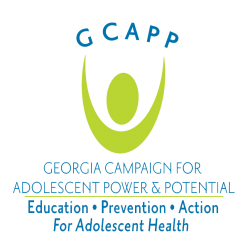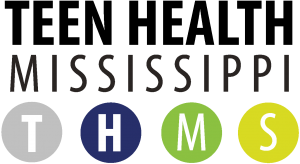Many supportive educators and school staff are asked to be Gay Straight Alliance (GSA) advisors, but don’t know where to start. GSAs (also known as gender and sexuality alliances, queer straight alliances, and other names) are student-driven clubs for LGBTQ+ students and allies. They play a huge role in making schools more safe and supportive. This workshop, for both prospective and current advisors, covers the landscape of LGBTQIA+ youth’s experiences in and out of schools, how advisors can be allies and advocates in a youth-driven group, and practical skills to help start, facilitate, and sustain a GSA.
In this training, participants will:
- Self-reflect on their own identities, experiences, and biases.
- Discuss what it means to be an adult ally to a youth-driven group.
- Gain a better understanding of the complexities of gender and sexuality.
- Review relevant and current data on LGBTQIA+ youth.
- Understand what GSAs do, why they're important, and how they work.
- Gain knowledge and skills in starting, running, and sustaining a GSA.
- Gain an understanding of how systems of oppression affect youth at every socio-ecological level both inside and outside of school.


